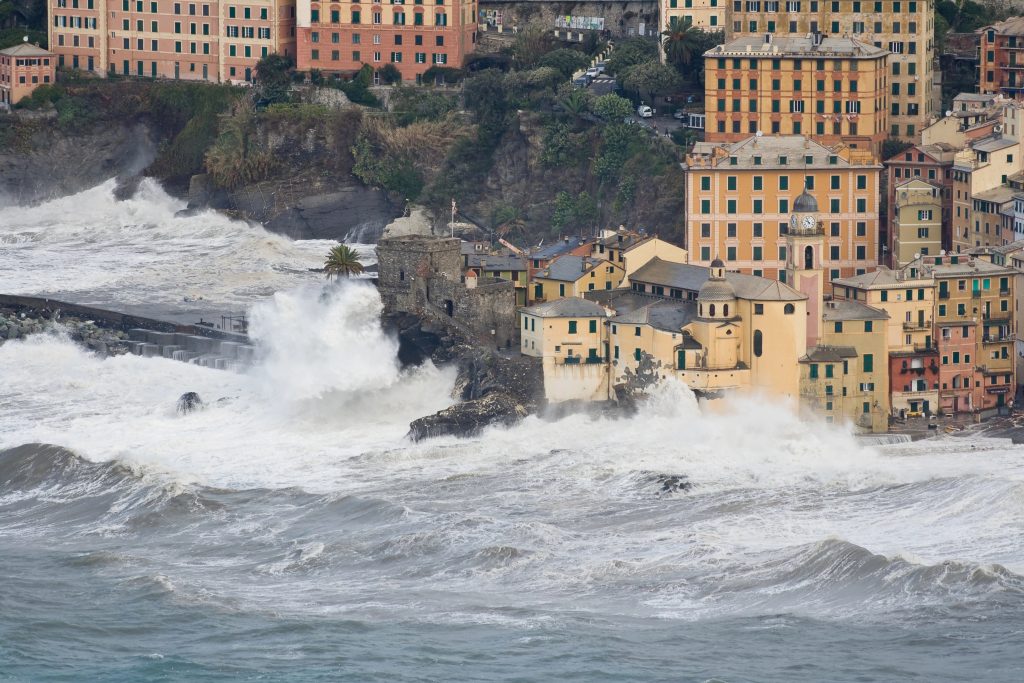
“It’s only three feet, but it’s hundreds of miles of wall of water,” said Diego Melgar, the director of the Cascadia Region Earthquake Science Center. That’s no ordinary beach wave it’s one that can re-form coastlines and lives in mere minutes. When the 8.8 earthquake off Russia’s Kamchatka Peninsula sent tsunami waves hurtling across the Pacific, it was not merely another news story rather, it was a wake-up call for all who live or travel along the coast of California to Hawaii.
The Pacific’s latest seismic thriller didn’t only stress test early warning systems; it showed how families, communities, and even cruise ship tourists respond when nature flexes its muscle. Here’s a glimpse of the most open-eyed moments, safety advice, and the resilience strategies that are most important to everyone living or traveling along the coast.
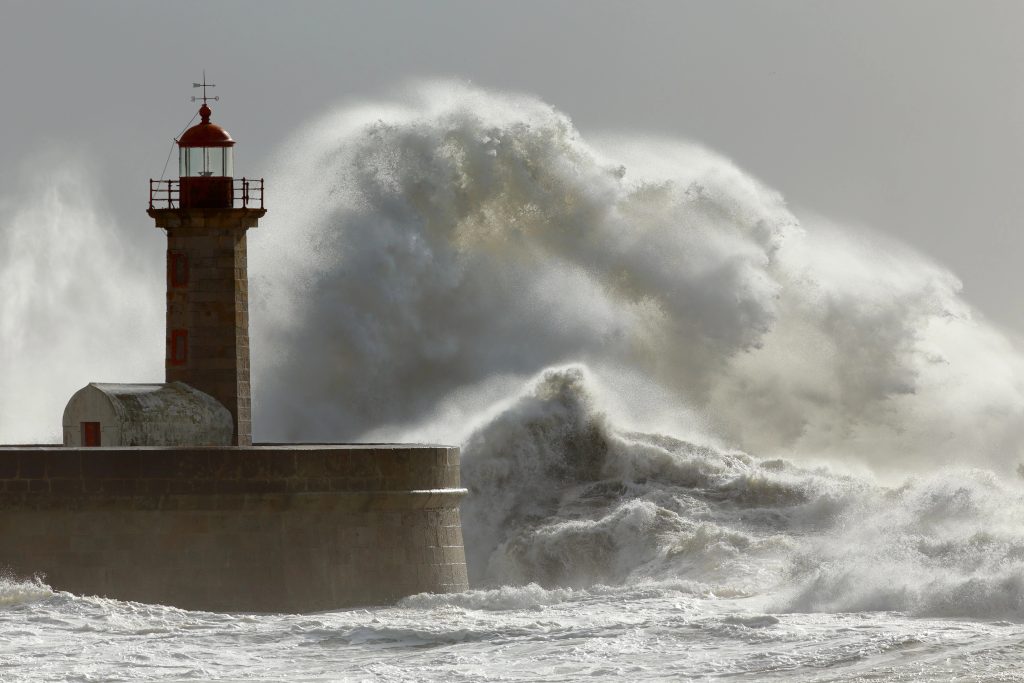
1. The Power and Reach of the Waves
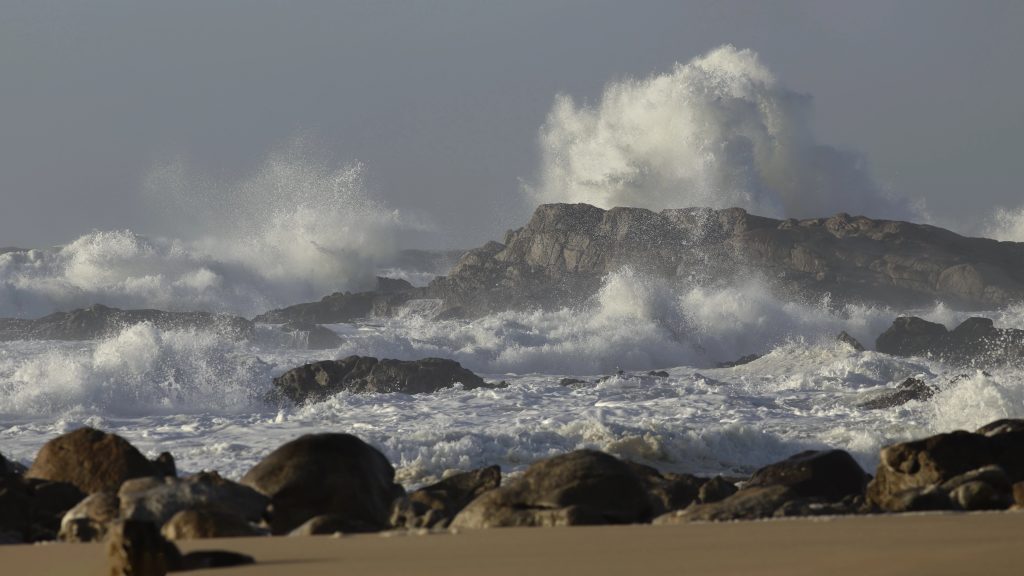
Tsunami waves barely touched the shore at all they were registered from Crescent City, Calif., all the way to the Aleutian Islands of Alaska. Crescent City had 8-foot waves, tying the highest annual tidal marks ever in the region and visibly damaging docks and harbors. Kahului Harbor on Hawaii experienced water being sucked back by as much as nearly 15 feet before a surge came, and the biggest wave peaked at 5.7 feet. Even though the waves appeared moderate, specialists such as Dr. Ariel Cohen of the National Weather Service cautioned, “These are lighter impacts, but they still cause serious hazards.” Tsunami surge damages dock in Crescent City Harbor.
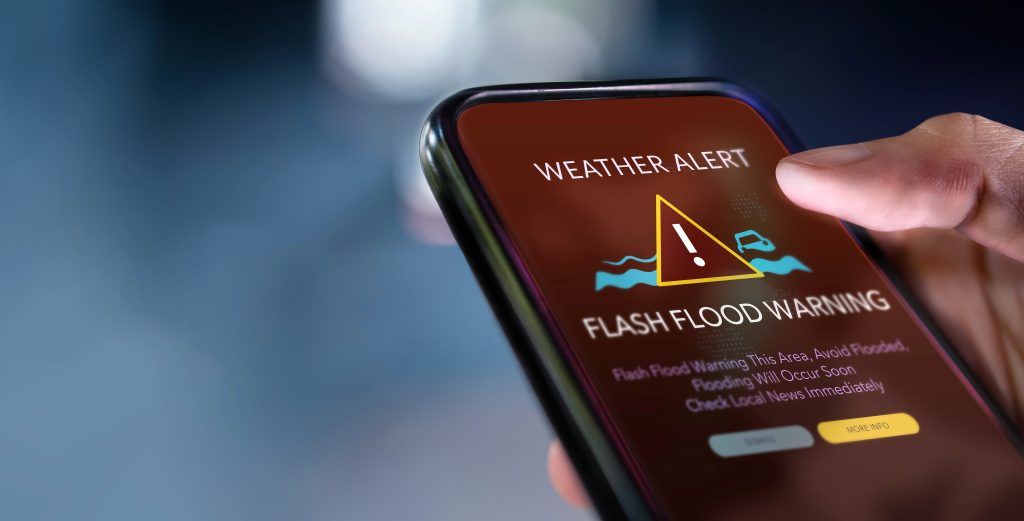
2. Warnings, Watches, and the Timing Factor
The National Tsunami Warning Center was not slow in sending warnings, watches, and advisories for the U.S. Pacific Coast. Elsewhere, such as the north coast of California, warning made way for advisories as conditions changed. “The ocean is dynamic and hazardous,” the NWS warned, asking all individuals to stay off beaches and harbors even after the initial alert had expired. Quick, concise communication was the hallmark of community safety, and the live reports showed the importance of early warning systems for coastal towns. Tsunami warnings remain as scientists caution against erratic patterns of waves.
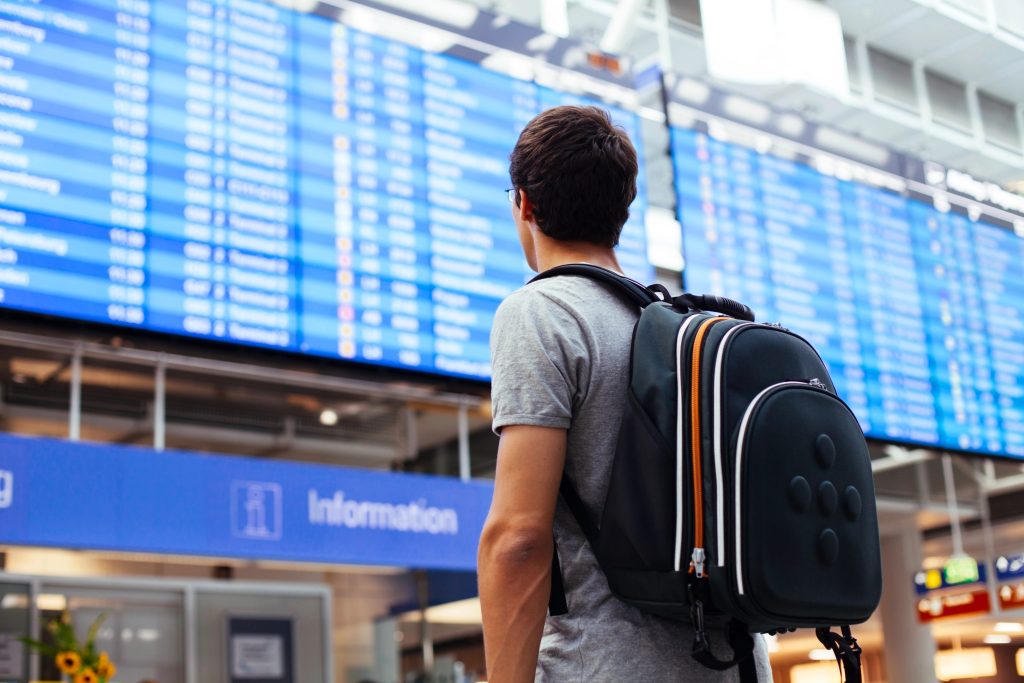
3. Surprise Disruptions: From Cruise Liners to Airports
Passengers experienced a taste of pandemonium when over 1,000 flights were canceled and 27,000 were delayed globally, with U.S. airports alone reporting over 5,000 delays. In Hawaii, cruise travelers were stranded when their vessel departed prematurely from the harbor to escape the tsunami, families stranded in search of accommodations and refunds. Even experienced world travelers were reduced to the mercy of disrupted plans and shut harbors, a bitter reminder that tsunamis can destroy rhythms far out of sight of the shore. Cruise passengers left stranded in Hawaii after ship had to leave early following tsunami alert.
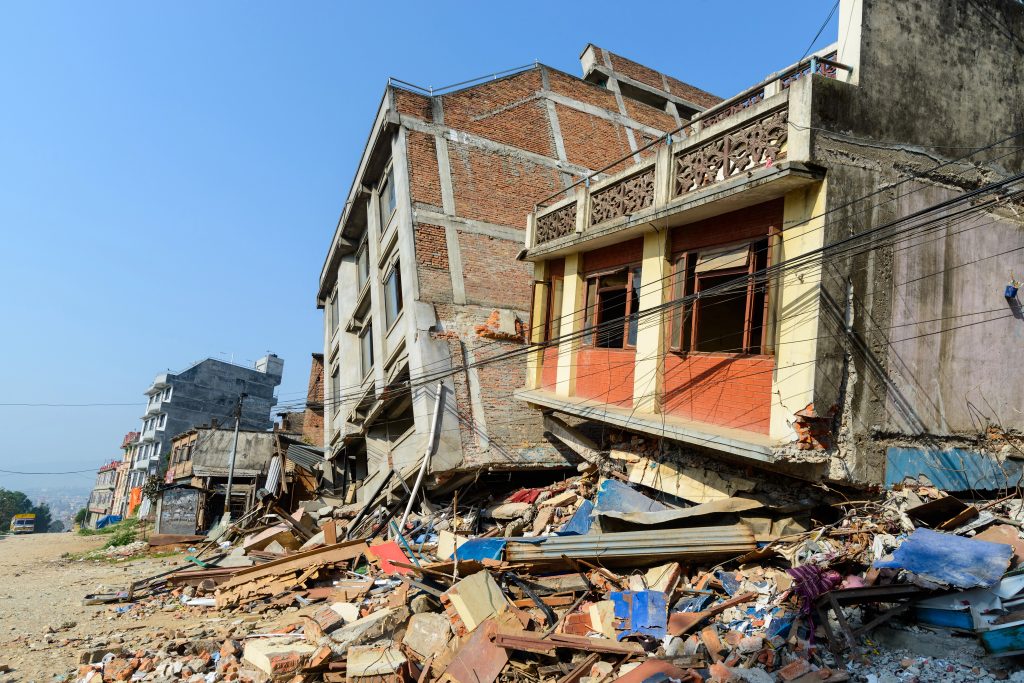
4. The Science of the Surge
This was no ordinary quake this was a megathrust, with the Pacific Plate being pushed beneath the Okhotsk Plate, and an instant seafloor rise ensued. As UCL’s Dr. Stephen Hicks explained, “Such events are called ‘megathrust’ earthquakes. They cause some of the largest ruptures and trans-ocean tsunamis in the world.” The resulting tsunami traveled at jet-like speeds, slowing and gaining height as it approached the shore. Wave size and effect were determined by initial seafloor displacement and by topography of particular coastlines, so on-site geographical features were a chief controller of risk. The 8.8 magnitude megathrust earthquake.

5. Use Social Strength: Community Resilience
It’s not only emergency responders who jump into action when disaster arrives. Family and community resilience is a key ingredient of recovery and good health, according to research. Neighbors served as first responders to the affected neighborhoods, in addition to offering resources and emotional support. In a Croatian study, “Post-disaster interventions should aim to strengthen family and community ties, thus increasing available social support and community connectedness.” The stronger individual, interpersonal, and community resources were associated with improved post-disaster outcomes.

6. Mental Health: The Silent Aftershock
And even when the tides recede long after, the emotional damage could still be there. Research indicates that PTSD rates in excess of 30% have been reported by people exposed directly to disaster, and even those who have not been physically exposed are anxious and distressed. Optimism, support, and successful coping skills are well-documented buffers against enduring distress. “Resilience is a multifaceted construct including emotional, cognitive, and social abilities,” a recent research article reminds us, both identifying individual and shared coping abilities. Resilience and Risk Factors After Disaster Occurrences.
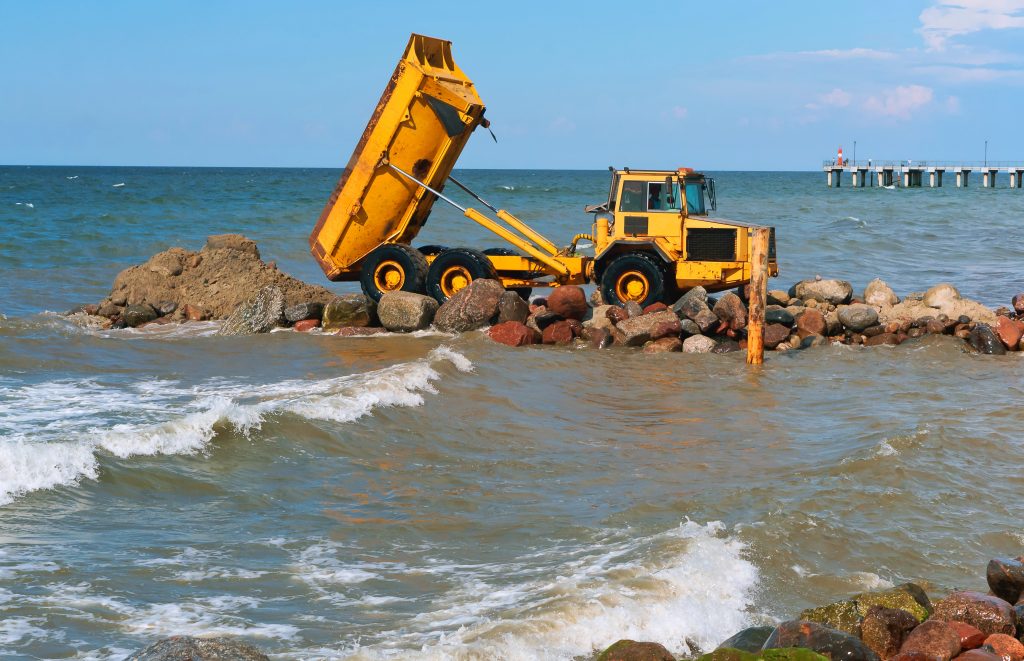
7. What This Does for Future Coastal Safety
One thing that can be garnered from this incident is that being prepared is not sirens and evacuation pathways, but also community, education, and resilience. All experts concur that effective early warning systems, public education, and extensive social networks are the real game-changers. To paraphrase Dr. Jess Neumann, “Individuals are advised to take the risk to life seriously, be cautious, heed all evacuation calls and keep away from the coasts.” Early warning systems so far have worked allowing for timely evacuations.
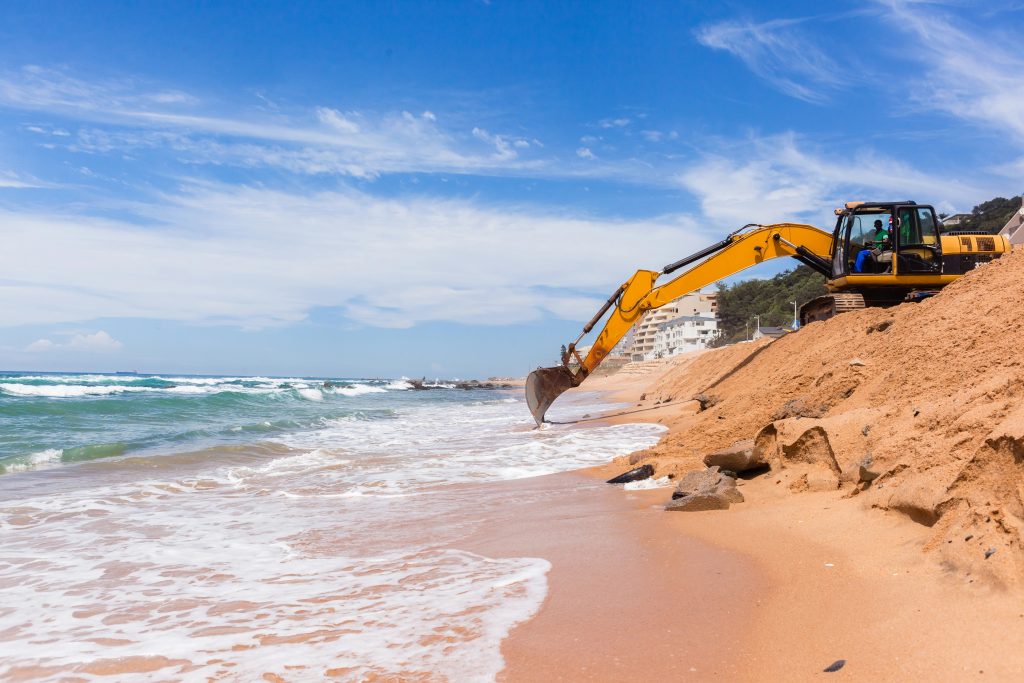
The recent Pacific tsunami served as a reminder that nature does not play by our rules but human communities can. Whether as emergency evacuation, neighborly help, or backbone fashioned out of experience shared, the true resilience of coastal life is being more connected, more informed, and able to respond. For those who live or intend to live by the sea, prevention is best served by information, planning, and a community that cares for each other.


